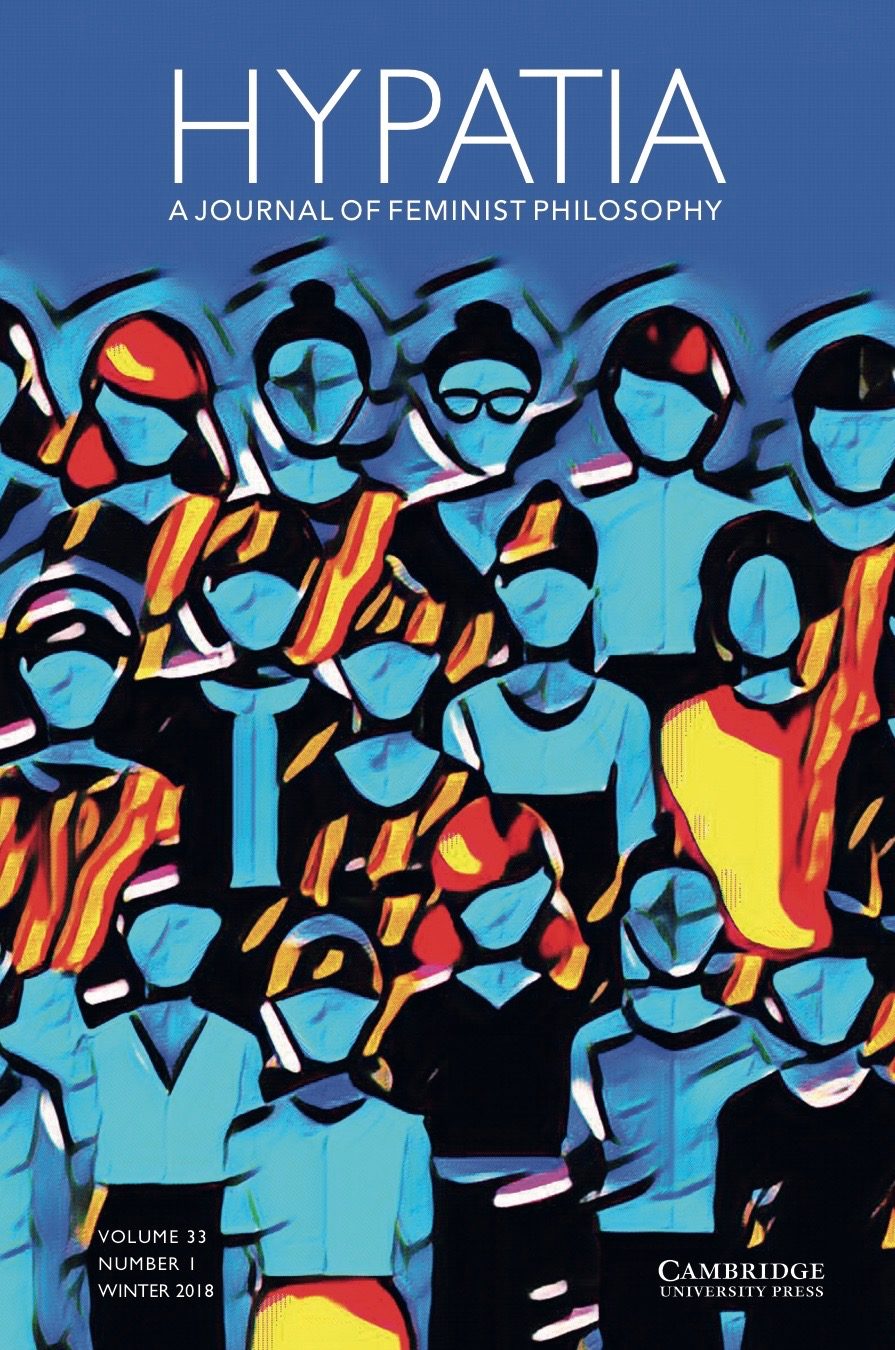To ensure the high quality of the work published in Hypatia, we rely on a double anonymous peer review process designed not only to inform the editors’ decisions but to provide authors helpful and supportive feedback, even when a paper is not accepted for publication in Hypatia.
When an essay is submitted to Hypatia, the editors conduct an initial review to determine whether it is appropriate for the journal in terms of focus, quality, and compliance with our approach to citational practices; rejection at this stage requires two editors to concur. For reasons of editorial capacity, it is not usually possible to offer comments on rejections at this stage.
If the paper is deemed suitable, then the editors draw on Hypatia's extensive referee database to identify referees with expertise appropriate to the essay and invite them to provide a detailed report on the manuscript and their recommendation for editorial decision. Usually, two referee reports are obtained but in some cases the editor may seek more or fewer. When all the reviews have been assembled, the editors assign the manuscript one of the following decision categories:
- Accept - The paper is accepted for publication in Hypatia as it stands.
- Conditional Accept - The paper is accepted for publication in Hypatia on the condition that the author make the revisions specified in the referee reports. The revised paper will be checked by the editorial team to establish that the specified revisions have been made but will not be sent out to referees.
- Minor Revisions - The paper is not accepted for publication at this time but the editorial team is optimistic that minor revisions will render it suitable for publication. The author is invited to make minor revisions based on the referee reports and re-submit the revised paper. This will then be sent to referees for appraisal.
- Major Revisions - The paper is not accepted for publication at this time but the editorial team is optimistic that major revisions will render it suitable for publication. The author is invited to make major revisions based on the referee reports and re-submit the revised paper. This will then be sent to referees for appraisal.
- Revise and Resubmit - The paper is not accepted for publication at this time but the editorial team believe it shows significant promise and offers the author the opportunity to revise the paper in light of the referee reports and re-submit a revised version. This will then be sent to referees for appraisal.
- Reject with possibility of resubmission - The paper is not accepted for publication. However, the editorial team believe the project shows promise and would like to enable the author to submit a fresh version of the paper in the future if they wish, which would be treated as a new submission and should not include responses to the referee reports. (Note: this is not a standard ‘Revise and Resubmit’ outcome, but rather represents an opportunity for the author to return to Hypatia with a significantly different version of the paper in the future, without running into the general rule against resubmitting a paper that has been rejected.)
- Reject - The paper is not considered suitable for publication in Hypatia and cannot be resubmitted.
When the editors notify the author of their decision they attach the reviewers’ report(s); these will be anonymous unless the reviewer asks to be identified.
Anonymity in the Review Process
We make every effort to ensure the anonymity of both authors and referees. When we receive a manuscript for review that is autobiographical or otherwise incorporates self-identifying references as an essential part of the text, we still request that authors anonymize the manuscript as far as possible. We will assume that, in submitting such a manuscript, the author understands that referees may be able to recognize them as the author. When we invite referees to review such a manuscript we will acknowledge that the author may be identifiable and ask if they're willing to review under these conditions. They can, of course, choose whether to identify themselves or remain anonymous as a referee.
Acceptance Rates and Response Times
Hypatia's acceptance rate for open submissions is 12%-15% and 24%-44% for special issues. Our time to initial decision typically runs 12-13 weeks for initial decisions. Decisions on revised manuscripts can be as quick as 6-7 weeks but that is dependent on the review process. We ask authors to allow 16 weeks before contacting the editorial office. With ScholarOne (our electronic submission and review system), authors can see exactly where their manuscript is in the review process.

